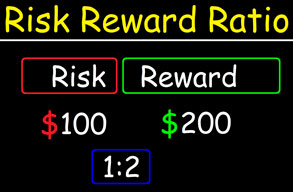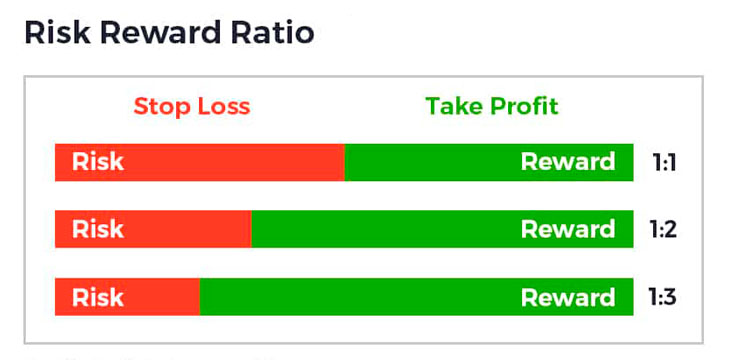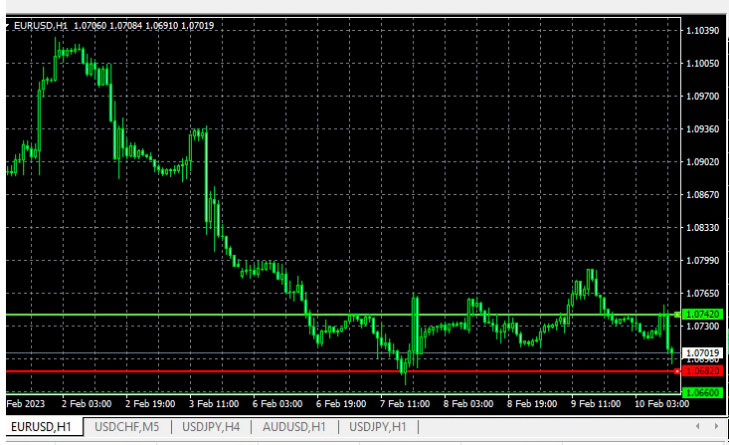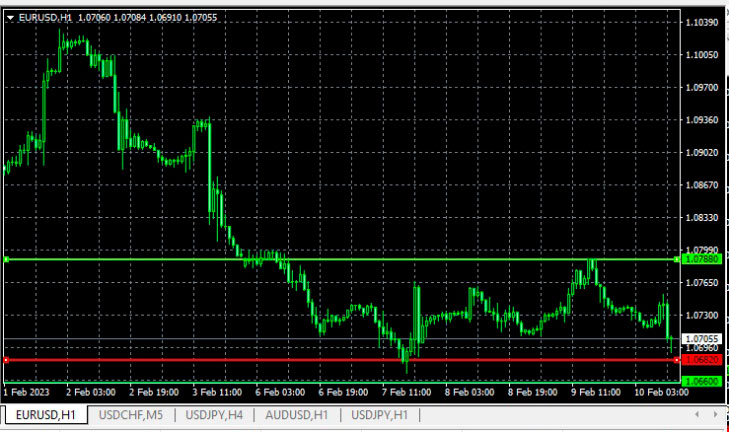Risk and Reward ratio, a simple approach to calculating the loss/profit ratio when trading on the stock exchange
Traders who are just starting to trade on the stock exchange mainly think only about the amount of profit received and quite rarely plan for possible losses.

At the same time, the main role in planning successful transactions is played by the ratio of acceptable loss to planned profit.
Often such a ratio is expressed through the following formula - risk/reward ratio, which allows you to assess the prospects of a transaction.
Typically, both parameters involved in the formula are set using stop orders, so you can imagine that:
Risk is the amount of loss that you assume before opening a trade through the stop loss order parameter.

At the same time, the greatest role is played by the choice of place to set stop loss and take profit - https://time-forex.com/vopros/stop-loss-i-teyk-profit
Profit and Loss Ratio
The main recommendation for the risk-to-reward ratio is that the amount of profit should be greater than the planned loss.
Most often it is recommended to set the size of the stop loss order at least two times smaller than the size of the take profit order. That is, it is assumed that the ratio of profit to loss should be at least 1:2.
When planning a buy trade, it will look like this: take profit 400 points and stop loss 200 points:

But the market situation does not always correspond to the recommended parameters.
For example, in the presented situation, the stop loss can be left at 1.06820, since there is a high probability that after crossing this level the price will continue to fall, but the take profit can be placed much higher, around the 1.07880 mark, increasing the size of the potential profit.

As a result, our proportion will change and the ratio of profit to loss is 200 to 800 or 1:4, that is, you will make a profit even if you make only one successful trade out of four open ones.
It is for this reason that you should try to get as much profit as possible from an open transaction and not rush to close successful positions.
Many traders are afraid that the price will not be able to reach the far established take profit, so nothing prevents you from moving a stop loss order if you want to lock in profits, while at the same time leaving the prospect of more earnings.
Based on this, we can say that the risk/reward ratio is not a fixed value, and it should not interfere when choosing where to place stop orders.
Current market levels, price minimums and maximums , resistance and support lines play a big role.
And after you have determined the best places to set stop loss and take profit, you can proceed to calculating the risk/reward ratio.

